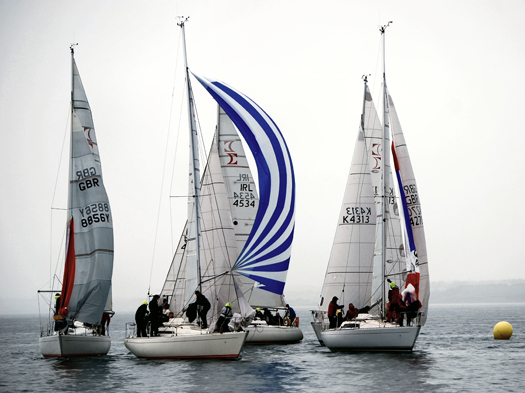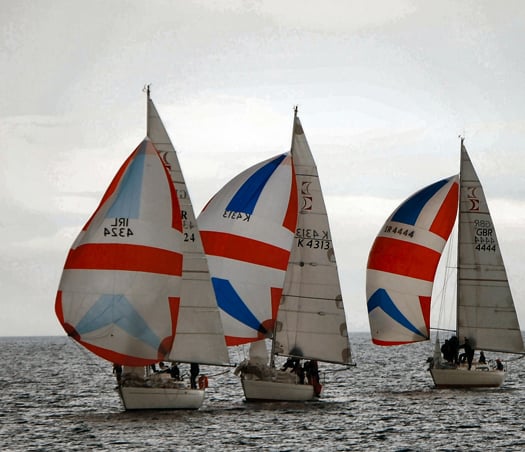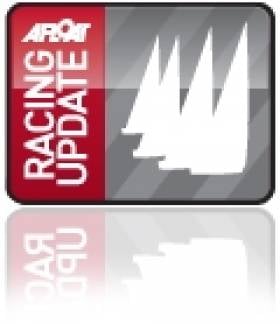Displaying items by tag: Goodbody
Interest in OK Dinghy in Ireland
The OK dinghy is perhaps the most internationally active non-Olympic single handed dinghy. It's a classic design, but fully updated now with carbon mast to match the excellent handling. It's sailed in the UK, France, Belgium, Germany, the Nordics, Australia, New Zealand, and there's renewed activity in historically active countries like the Netherlands, the USA and Canada....with the Asian fleets - as always - small but persistent.
The class in Ireland is still small, but there's interest in both North and South, and a new class association website here
We're told there'll be a few boats on the water in 2012 to show off the advantages of this class, and there are several people interested in finding boats during next year.
White Mischief Wins Sigma 33 Title Again
The Hamilton Shipping sponsored event was scheduled over three days but Friday's 37 knot winds put paid to racing that day. However Principal Race Officer Robin Gray's efforts on the Saturday produced five races then and another three on Sunday, making a substantial championship race programme.

The seventeen strong fleet came from Scotland, Dublin Bay, the Isle of Man, Belfast Lough and Strangford Lough.
Proving that consistency as well as speed pays, Goodbody won only one race but counted scores never over 4th, giving White Mischief a total of 19, seven ahead of runner up, newcomer Stephen Milne and the team on the borrowed Cushendall based Insider. Milne is a member of the Skandia Team GBR Performance Squad as crew for John Gimson in a Star.

The first and fifth races went to the Scottish boat, Mayrise (James Millar) but a disqualification in Race 7 dropped her from starting third overall on the Sunday to a 6th place finish. Ross Boyd's Mithril from Quoile won Races 2 and 4 and the other Strangford Lough entry, Signet of Kip made up for a disqualification in Race 2 by winning Races 3 and 8. Goodbody took first in Race 7.
At the prize giving Hamilton Shipping's Finance Director Ken Craig admitted that he knew nothing about sailing but was impressed by this competition.

He couldn't be 69!

Hamilton Shipping Finance Director Ken Craig and his wife Tricia with RUYC Rear Commodore Stephen Graham and the crew of White Mischief. Photos by Ken Hunter































































